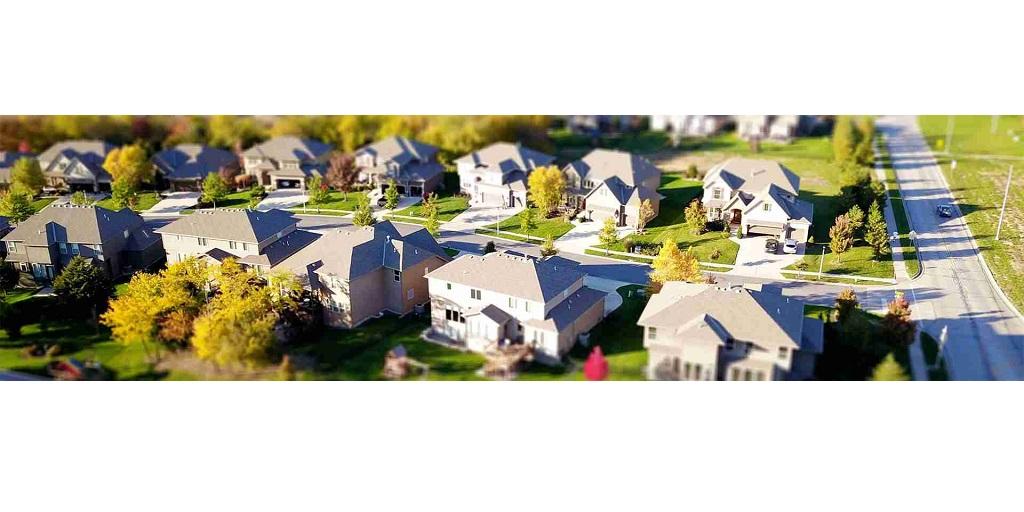When it comes to real estate transactions in Kelowna, a Real Property Report (RPR) is a crucial document. Whether you're buying or selling property, understanding this document is vital.
In this article, we will delve into the details of what an RPR is, its components, the different types of RPRs, and provide you with insights on how to read it effectively.
Understanding a Real Property Report
An RPR is a legal document crafted by a certified Alberta Land Surveyor. It serves as a visual representation of a property, outlining its boundaries and showcasing any structures on or near the property. This report also includes the property's legal description, providing an exact location reference. Essentially, an RPR provides a comprehensive snapshot of a property's physical and legal aspects.
Components of a Real Property Report
A Real Property Report comprises several essential elements, such as:
Legal Description and Municipal Address: This section identifies the property by its legal description and its municipal address, helping you pinpoint its location.
Dates: The report includes the date of the land title search and when the RPR was prepared.
Certificate of Title: Information on the land title, including the title number and the names of registered owners, is present.
Building Details: The RPR includes the location and descriptions of all structures (e.g., decks, fences), complete with dimensions, directions, and distances from property boundaries.
Encroachments: Any structures that encroach on neighboring properties or cross property lines are clearly marked.
Adjacent Properties and Infrastructure: Designations of adjacent properties, roads, and lanes are provided.
Municipal Compliance: The report demonstrates that it has adhered to municipal bylaws and regulations, usually with a stamp and date from the municipality.
Easements: Illustrations of any easements affecting the property are included.
Surveyor's Certification: A certified land surveyor signs and provides their opinion on any concerns, ensuring the report's accuracy.
Copyright Information: The RPR's copyright belongs to the land survey company.
Types of Real Property Reports
In real estate, two types of RPRs exist:
Current RPR: This report reflects the latest property improvements and details. It's essential for identifying encroachments, easements, or any non-compliance with municipal bylaws. A municipality-compliant RPR is a requirement for any real estate transaction.
Existing RPR: An Existing RPR reveals past property details and improvements. If changes have occurred since its preparation, the property owner must contact the surveyor to update it or create a new one. An updated RPR with a compliance stamp is necessary to confirm adherence to municipal regulations in case of changes.
Reading a Real Property Report
When interpreting an RPR, it's crucial to note potential non-compliance issues. These can include:
Encroachments: When a structure extends onto an adjoining property, an Encroachment Agreement is required, involving both property owners. Failure to agree might result in the encroaching structure's removal.
Relaxations: If a structure is too close to municipal property, an easement, or a utility right-of-way, a Relaxation Permit from the municipality is necessary. The municipality will assess the request, possibly requiring additional documentation and fees. Without this permit, the structure may need removal or relocation.
Conclusion
In the complex realm of real estate transactions, understanding and navigating Real Property Reports is essential. Core Geomatics, a leading provider of surveying and geospatial solutions, can be your invaluable ally. Their certified land surveyors possess the expertise to create accurate and compliant RPRs, ensuring a smooth and legally sound real estate transaction.
For More Information about Geomatic Services Calgary and Best Land Surveyors In Calgary Please Visit: CORE Geomatics.
